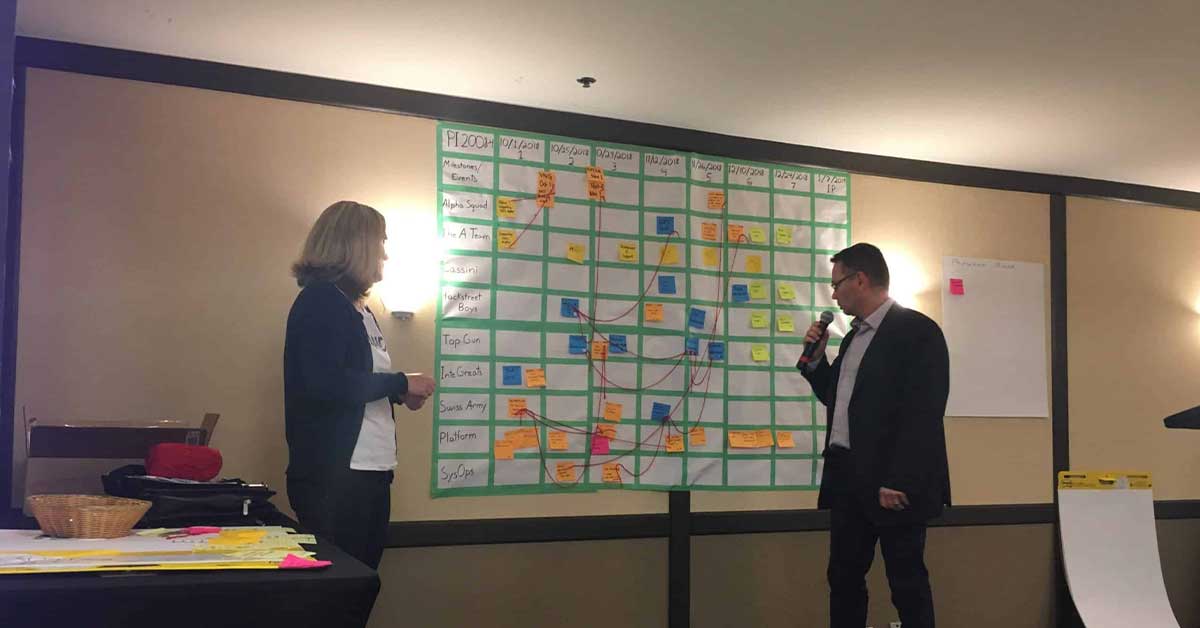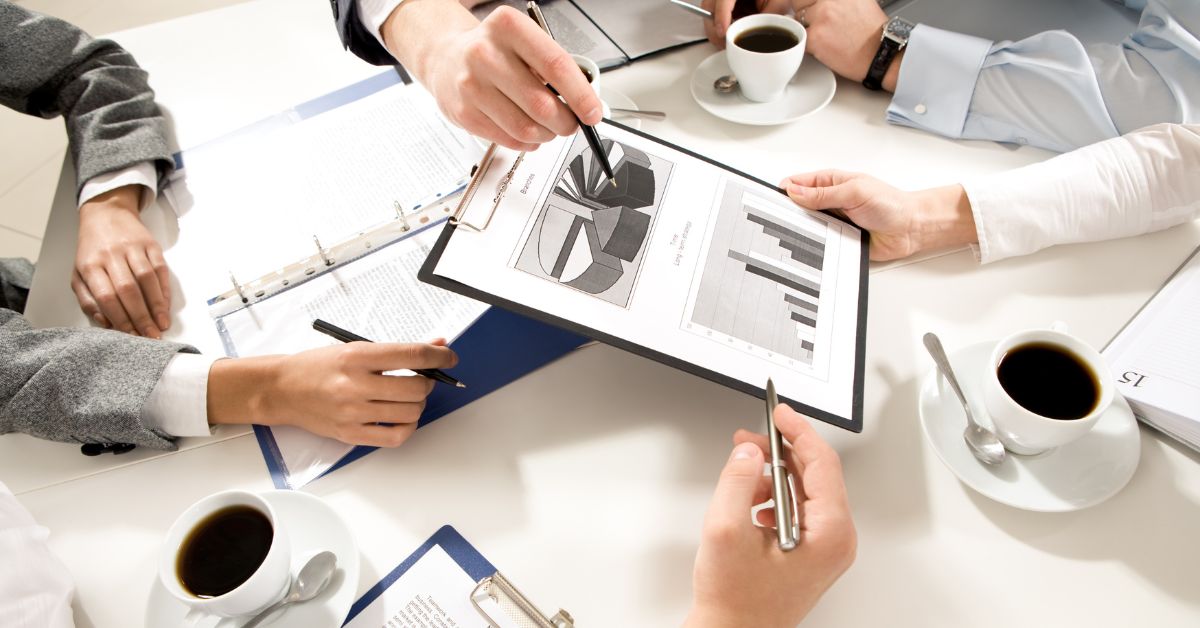
Iterating faster with SAFe
Here’s a frequently asked question in the SAFe community: I wanted to understand what SAFe says about someone who wants to go faster than 2 weeks of iteration? I mean the whole PI concept is based on 5 iterations worth of planning. What if a team/organization wants to develop and synchronize faster than 2 weeks? Is speed going to be compromised by following the standards of PI cadence?
Here’s my take:
Adjusting Cadence Length in SAFe – Can you? Should you?


